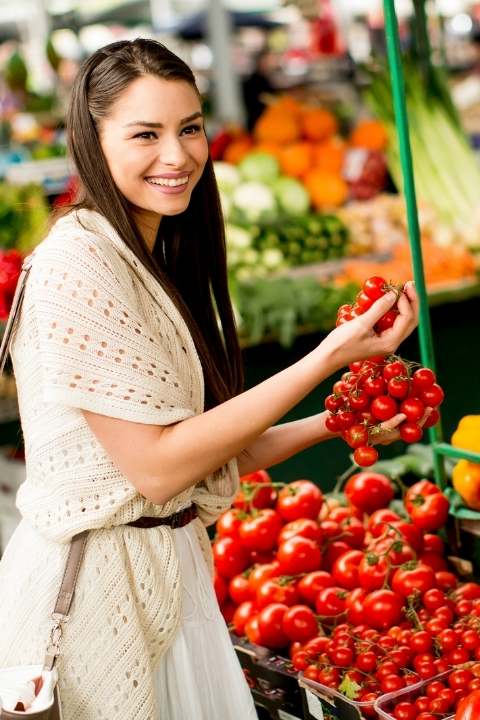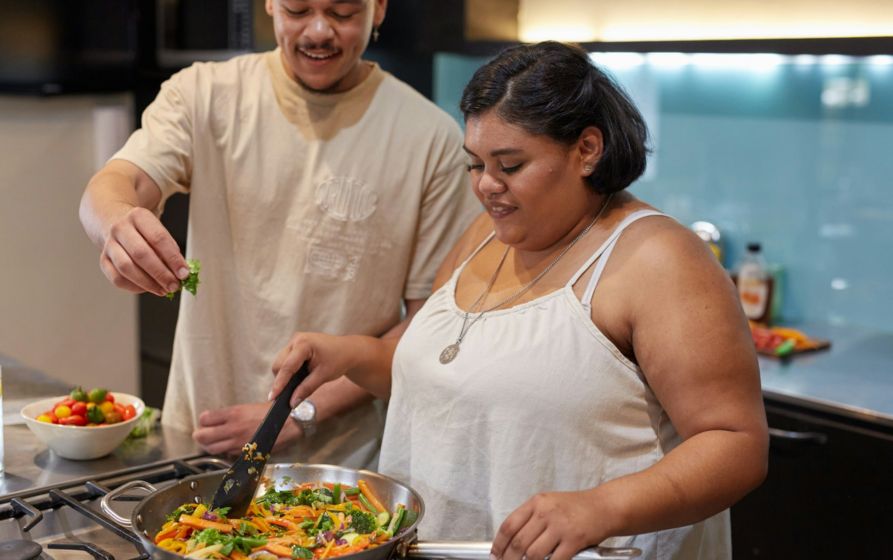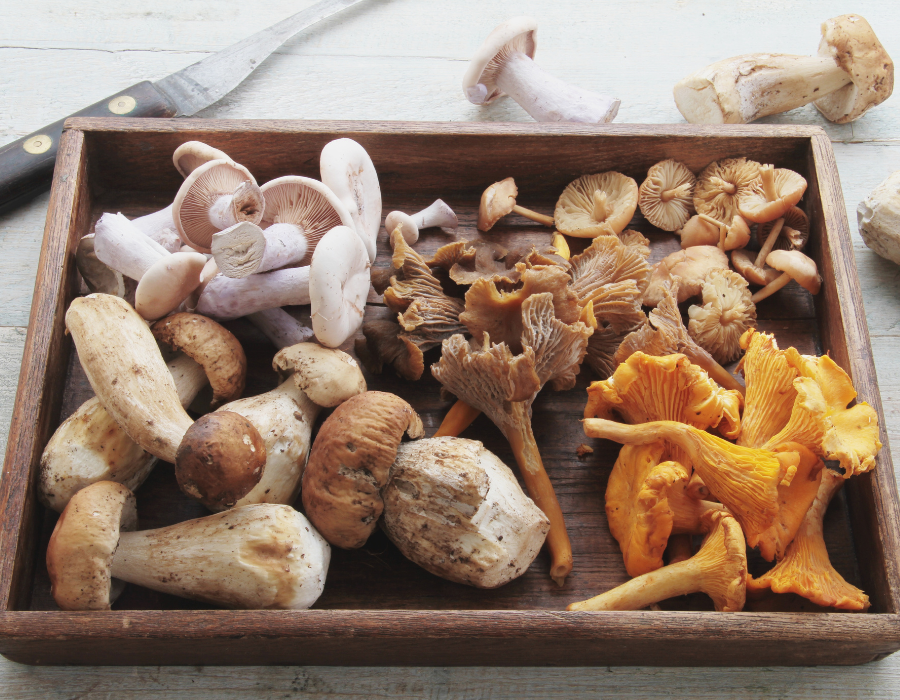What does it mean to go green? Perhaps you recycle and try to walk or bike instead of driving more frequently. Have you considered upgrading your food choices? Everyone plays a vital role in protecting the planet we all share. Here are eight smart ways to eat sustainably and reduce your carbon footprint each time you sit down to a meal.
1. Reduce Your Meat Consumption
Meat and dairy production accounts for nearly 15% of global emissions. It creates more CO2 to raise beef than any other food by a considerable margin. While this reality doesn’t mean you can never again enjoy a hamburger, to eat sustainably you should restrict your consumption to rare occasions. But of course, the human body needs protein to function. While it’s possible to get all the amino acids you need from plant-based sources, many people find the amount of meal-planning that goes into a purely vegan lifestyle unrealistic when they factor in other demands.
Why not turn to the sea? Seafood production creates far fewer greenhouse gas emissions on average than land-based meat. Additionally, conservation group Oceana predicts that embracing sustainable fishing will protect aquatic populations and a vital food source for 3 billion people worldwide. Instead of beef tacos, order the fish version. Round out your meal with traditional rice and beans, both sustainable choices.
2. Cut Back on White Flour
Why white flour? Today’s modern processing techniques cost the planet considerable woes in terms of emissions during production. First, machines must strip the grain of its nutrient-rich bran and germ, leaving only the endosperm behind. Then, it uses chemicals like azodicarbonamide, chlorine dioxide, nitrogen dioxide or potassium bromate to bleach away the remaining yellowish-tan color. It all takes energy.
You’ll do your health a significant benefit by skipping this stuff, anyway. What remains behind is a pile of simple carbohydrates that may as well be sugar — and has a similar effect on your blood glucose. More alarmingly, production contaminates most white flours with alloxan. Alloxan is so good at destroying the pancreas that scientists use it to induce diabetes in laboratory animals. When you combine that effect with the reality of consuming what amounts to pure sugar, it becomes less surprising that Type 2 diabetes rates continue to soar.
3. Get Involved in a Community Garden
It seemed like everyone got into the gardening craze during the pandemic shutdowns, so much so that it created a seed shortage. Now that society is reopening, you have more opportunities to get involved, even if you don’t have a backyard. Seek out a community garden and find out what it takes to reserve a small plot. Community gardens benefit your health by getting you out and moving in the fresh air. You’ll also meet new friends who share at least one interest in common. Once you make connections, you can trade wares and dine on the freshest organic produce imaginable without spending a dime or producing carbon emissions.

4. Patronize Your Local Farmer’s Market
When suppliers need to transport oranges from Florida to your Kansas grocery store, the truck produces considerable emissions. It’s best to buy foods grown locally, and your number one source for such products is your farmer’s market. Since these goods come from nearby farms, they spend fewer hours on the back of a truck. This brevity gives you a nutritional boost, as fruits and vegetables begin to lose their nutrients three days after harvest. If you go at the end of the day, you can sometimes score bargains — vendors would rather sell at a discount than take their wares back home for another week to potentially rot.
5. Give Preference to Whole Foods
White flour isn’t the only food that costs considerable emissions to produce. Anything that requires processing will consume electricity and water to make it to your store shelves. To eat sustainably, give preference to whole foods in their natural forms — you’ll enjoy greater nutritional benefits. Make the bulk section of your local grocery your friend, and better yet, invest in reusable produce bags so that you don’t have to use the plastic containers many chain stores provide.

6. Minimize Packaging Waste
Packaging production likewise contributes to global emissions. Sadly, you might see more plastic than ever, thanks to the recent pandemic. Some manufacturers increased their packaging for safety purposes, even though there is no evidence that the novel coronavirus spreads through food. The excess is particularly problematic because it often isn’t recyclable. Many facilities only accept #1 and #2 plastic bottles. The rest ends up in landfills — or the ocean.
7. Dine Out Sustainably
Local restaurants need your help recovering from the pandemic, and patronizing them may reduce your carbon footprint. Many chains ship foods across the country to ensure conformity, creating additional emissions. Area eateries often source their ingredients from local farms. Better yet, investigate farm-to-table fare. If you eat meat, you’ll dine with a clear conscience, knowing that your meal enjoyed a humane life before landing on your plate.
8. Bring Your Bags
You enter the grocery store and groan. You left your bags in the car again, and you don’t feel like walking back out in the elements. Please make yourself do so once or twice, anyway. After carrying your bags with you becomes a habit, you’ll no longer forget — it becomes second nature. You’ll save the planet and future broken-handle hassles when you try to get everything into the house in one trip. The first way to eat sustainably is to shop wisely!

Kim is the owner and publisher of Sass Magazine, as well as the owner of Sass Studios, a boutique graphic design studio in Frederick, MD. When not in the office, Kim can be found doing some of her favorite hobbies—reading a book, dancing, traveling, or playing with her rescued pitbull.


























Subscribe so you don’t miss a post
Sign up with your email address to receive news and updates!